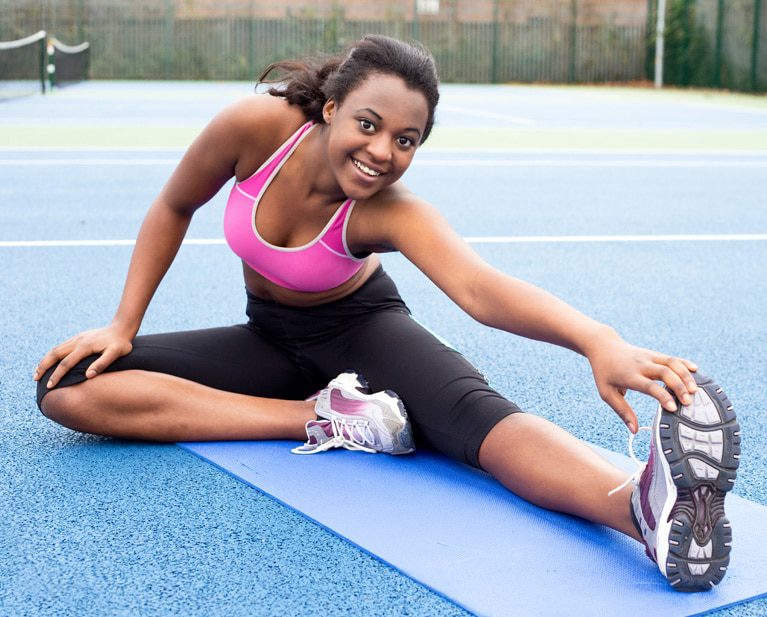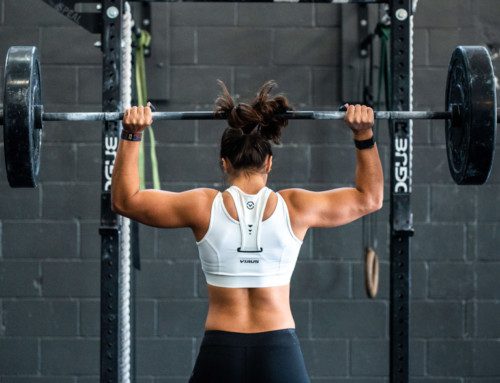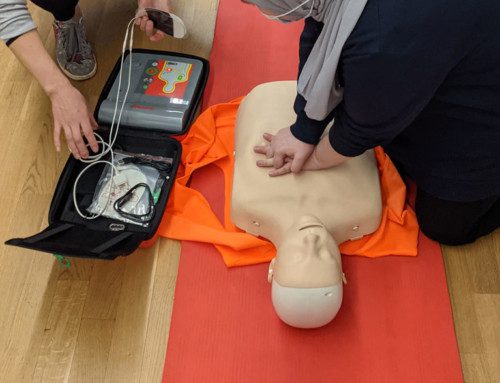For a non-contact sport, tennis has a high injury rate, and musculoskeletal injuries can lead to decreased participation.
In part one of Preventing Tennis Injuries, the focus was on exercise and adding exercises that are not only functional but also move the body through multiple planes of motion.
In this blog, we’ll focus on why it’s so crucial to include dynamic exercises in your warm-up routine.
What is Dynamic Exercise?
Dynamic warm-ups utilize purposeful movement of a particular muscle group or joint during your stretches rather than staying still and holding a pose as you do with static stretches. Dynamic stretching will increase your movement range and more fully mobilize the muscles frequently used for the sport. These active stretches only take around 20 minutes and can be done right on the tennis court. You should perform your dynamic workouts immediately before a round of tennis.
Implementing a Proper Warm-Up Routine
A 2016 study on the effects of static vs. dynamic stretching on performance showed that dynamic stretching was superior to static stretching as part of a tennis specific warm-up.
Static stretches alone aren’t enough to prevent tennis injury, which is why it’s essential to combine both static and dynamic exercises in your warm-up to adequately prepare your body for the sport. It is recommended not to stretch at least 60 minutes prior to play because you may decrease performance on the court. You’ll want to perform static stretches at least an hour before your match, including a half hour rest period.
You should start your dynamic stretching routine before you begin to play. Focus your warm-up on the body parts that are most active during tennis, namely your hamstrings, back, rotator cuff, hips, knees, and IT band.
There are plenty of dynamic exercises you can do to engage the muscle groups needed for a round of tennis. Here are a few to get you started:
Monster Walks
- Targeted muscles: Hips, calves, and hamstrings
- How to do them: Stand with upright posture and extend a hand parallel to your body. As you walk, you will kick up your leg on the same side of your body you are using to meet your hand. Alternate between sides as you stride.
Lateral Leg Stretches
- Targeted muscles: Back, legs, IT band, and knees
- How to do them: Set down a foam roller on the ground under the lateral part of your leg, using your elbow to support your weight. Place the leg not currently being stretched in front of your body, keeping your stance for 20-30 seconds. Then, slide the foam roller further down your leg and hold the position again, ensuring your body maintains a straight alignment. Afterward, switch sides and repeat the process.
Rotator Cuff Exercise:
- Targeted muscles: Shoulders
- How to do it: First, tie a resistance band to a stationary object. Then, with your body facing forward and your arm at a right angle, hold the resistance band while repeatedly moving your arm up and down. Switch sides once you’ve completed your set.
If you are in need of extra help or would like to set up a training schedule, we can help! Schedule an appointment with Set Physical Therapy today.
Interested in learning more? Read the final installment of the Injury Prevention in Tennis series: Core Stability & Power.





